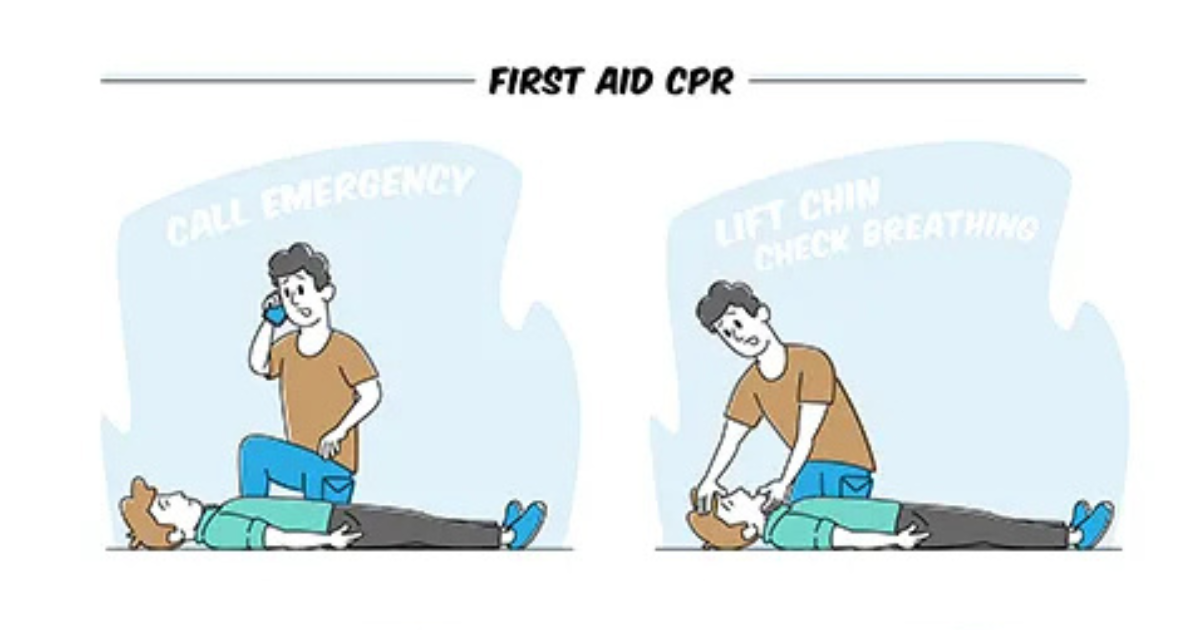Life-threatening situations can arise unexpectedly, demanding swift and effective responses. Whether it involves natural disasters, medical emergencies, or violent incidents, the initial reaction is crucial for determining the outcome. One fundamental principle in emergency response is the necessity to assess the situation before taking any action. This article explores the reasons behind this imperative first step, detailing its importance in ensuring safety, effectiveness, and efficiency in crisis management.
Understanding the Assessment Process
Assessing a situation involves gathering critical information about the environment, the nature of the threat, and the individuals involved. This process typically includes the following components:
- Situational Awareness: Recognizing the immediate surroundings, potential hazards, and the behaviors of individuals present.
- Identifying Risks: Evaluating the nature of the emergency (e.g., fire, medical condition, violent act) to understand the associated dangers.
- Prioritizing Needs: Determining who or what requires immediate attention and what actions are necessary to mitigate the situation.
The Importance of Assessment
1. Ensuring Personal Safety
The foremost concern during any emergency is the safety of oneself and others. By assessing the situation, responders can identify hazards—such as fire, toxic substances, or potential violence—that may pose a threat to their safety. This awareness allows individuals to make informed decisions about whether to approach the situation or evacuate the area. For example, in the case of a fire, assessing smoke levels and potential escape routes is vital for personal safety.
2. Informed Decision-Making
A thorough assessment provides essential information that aids in making informed decisions. Quick reactions without understanding the circumstances can lead to dangerous missteps. For instance, in a medical emergency, a bystander who assesses a victim’s condition—checking for responsiveness, breathing, and pulse—can determine the appropriate first aid measures to administer. This knowledge can significantly impact the effectiveness of the response and potentially save lives.
3. Resource Allocation
Emergencies often require various resources, including personnel, medical supplies, and equipment. By assessing the situation, responders can gauge the severity of the incident and allocate resources accordingly. In a large-scale emergency, such as a natural disaster, understanding the extent of damage can help emergency services prioritize their efforts and deploy resources where they are most needed.
4. Communication and Coordination
Effective communication is paramount in emergencies. Assessing the situation allows responders to relay accurate information to emergency services and coordinate efforts with other individuals on-site. This clarity is crucial for ensuring that everyone involved understands the nature of the threat and the necessary actions to take. For example, during an active shooter situation, a detailed assessment can help law enforcement understand the layout and dynamics of the environment, enabling a more strategic response.
5. Legal and Ethical Considerations
Responders must also consider the legal and ethical implications of their actions. In many jurisdictions, individuals are required to act reasonably and responsibly during emergencies. By first assessing the situation, individuals can better ensure that their responses align with legal guidelines and ethical standards, minimizing potential liability.

